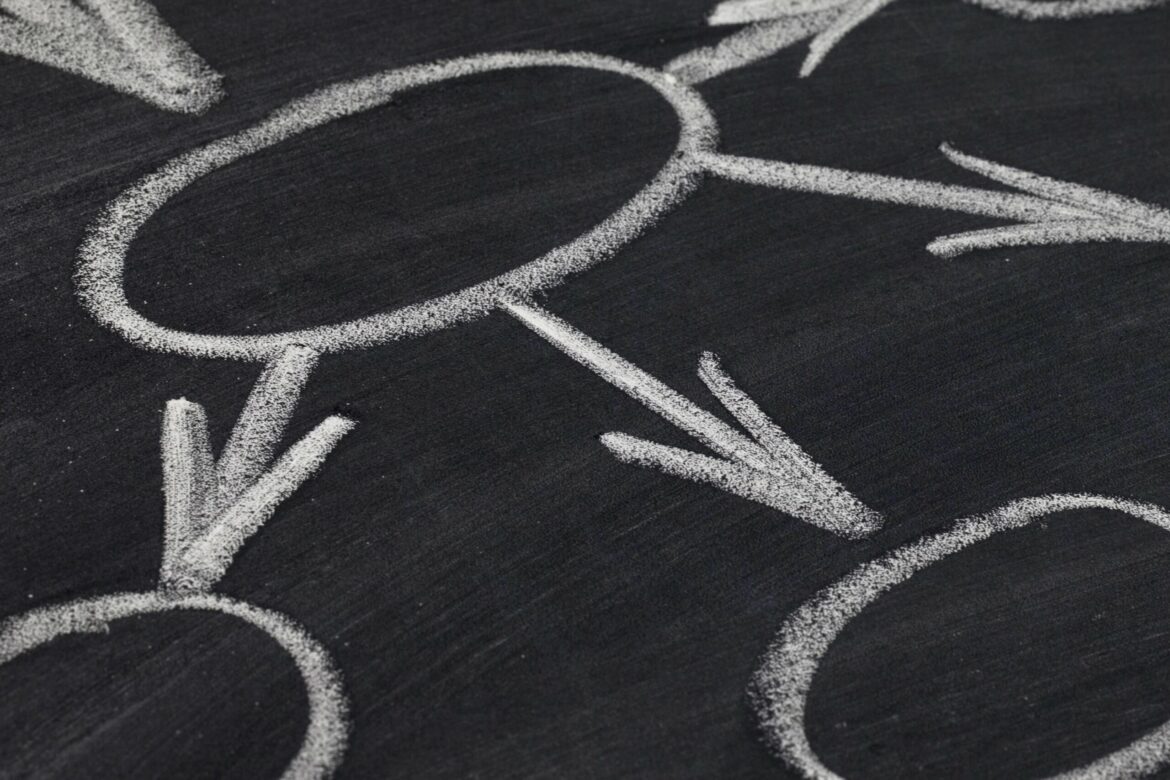1K
An entity-relationship diagram shows the relationships and properties of people, objects and concepts
This is what the entity-relationship diagram is all about
An entity-relationship diagram (ER diagram) is mainly used in software development, in databases, but also in research and education. The entities can be people, objects and concepts. The diagram shows their properties and the relationships between the entities. The diagram is therefore similar to a flowchart.
- The rectangle represents the entities with their properties. For example, the fields in a database that can be assigned to each data record.
- A diamond represents relationships between the entities.
- Ovals represent attributes or characteristics of the entities.
- dashes stand for connections and their number. A distinction is made here between none, one and several.
- There are different types of relationships between entities, such as “1 to 1”, “1 to n” or “n to m”. The point here is that one entity either has a unique relationship to another or to any number of others. It is also possible for a group of entities to have any number of relationships to another group of entities and vice versa.
What is an entity-relationship diagram used for?
The entity-relationship diagram is mainly used in software development, database planning and troubleshooting.
- The clear relationships between the entities allow structures to be planned logically and errors to be found more quickly.
- Redundancies can also be avoided or deliberately planned for.
- Planning is particularly useful for IT systems because it is easier to assume that the relationships are stable and the behavior of the entities is reproducible than with people.

